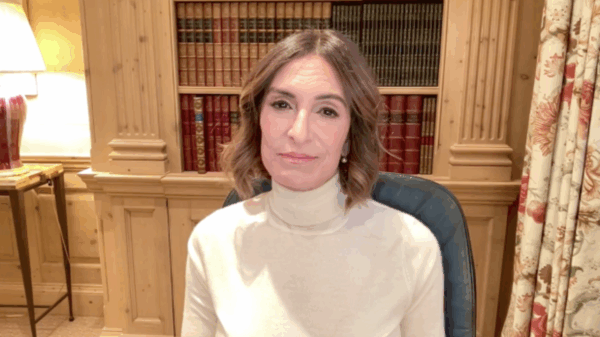A heartfelt letter highlights the emotional turmoil in a sibling relationship that has drastically changed over the past year. The writer, who has maintained a close bond with her sister through significant life events, including their parents’ divorce and the death of their mother five years ago, finds herself struggling to understand the shift in their dynamic. What was once a supportive and loving relationship has become fraught with tension and distance.
Communication Breakdown
The writer expresses deep concern about her sister’s recent behavior, describing her as distant and dismissive. Where they once communicated daily and shared their lives, interactions have now turned tense. The sister rarely answers calls and, when she does, keeps conversations brief while offering unsolicited criticism regarding parenting, home life, and leisure activities. Family gatherings have become uncomfortable, with the sister making hurtful remarks that go beyond simple teasing.
In an attempt to mend their relationship, the writer has tried reaching out, expressing her feelings of loss and asking if she has done something to upset her sister. Unfortunately, these conversations have not yielded positive results. The sister either denies any issues, claiming the writer is “too sensitive,” or brushes off the concerns entirely. This ongoing conflict has left the writer feeling heartbroken and questioning her next steps.
Navigating Family Dynamics
As the writer grapples with these challenges, her father suggests she “just let it go,” but the emotional weight of the situation complicates this advice. The writer feels that letting go of her sister would mean losing one of the last connections to her past and her family. The situation raises important questions about how to handle deteriorating family relationships while protecting one’s own emotional well-being.
According to relationship expert Annie Lane, the situation reflects a common struggle in sibling dynamics. She reminds the writer that while it is natural to care for a sibling, it is equally important to recognize when the relationship becomes unhealthy. Lane emphasizes that behavior often reflects the inner struggles of the person exhibiting it, suggesting that the sister’s distance may stem from her own unhappiness or insecurities.
“When someone shows you who they are, believe them the first time,” states Maya Angelou, highlighting the importance of recognizing patterns in behavior.
In navigating this complex relationship, Lane advises the writer to give her sister some space. This pause could allow for reflection and might enable the sister to miss the connection they once shared. The writer is encouraged to focus on relationships that bring her peace and joy, rather than those that leave her feeling diminished or hurt.
Ultimately, the journey towards reconciliation with her sister may require patience and self-care. By prioritizing her own emotional health, the writer can foster a sense of peace, regardless of the current state of their relationship.
For those experiencing similar challenges, Lane’s insights provide a reminder that maintaining boundaries is a vital part of any relationship, especially when faced with conflict. While the hope for a renewed bond remains, the writer must also protect her own well-being as she navigates this painful chapter.



































































